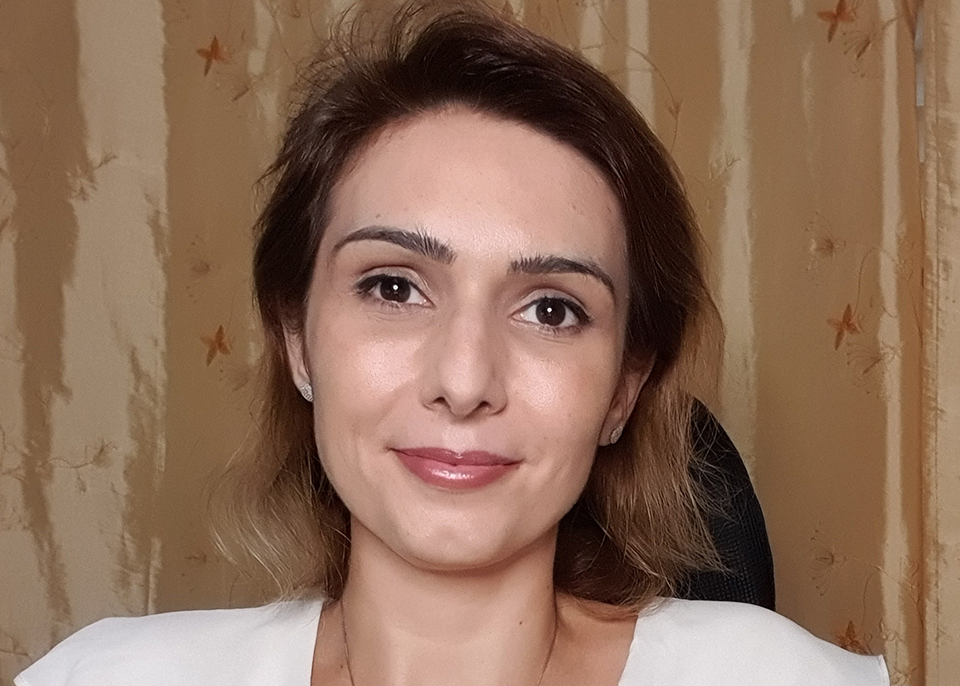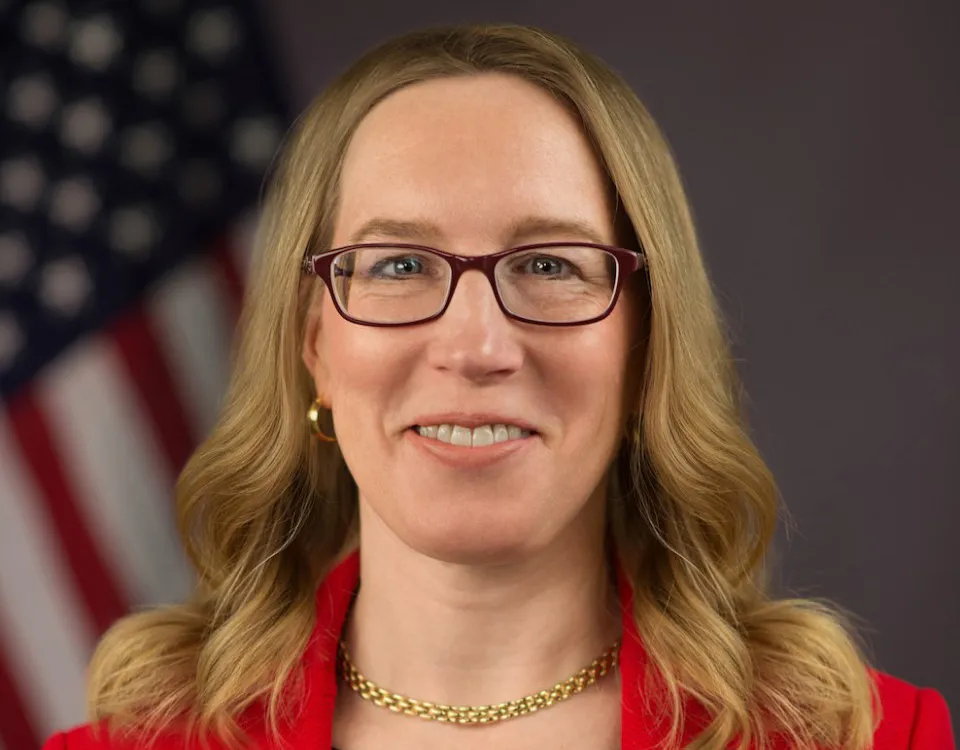Brazil’s central bank will require all banks operating in the country to conduct climate-related stress tests from July 2022. This is to ensure that all potential losses from climate events are incorporated into risk-management policies – including credit analysis for new loans.
Roberto Campos Neto, president of Banco Central do Brasil (BCB), is pursuing an extensive sustainability agenda. He wants to create conditions for the development of sustainable finance, greater availability of resources for sustainable projects and better management of climate risks.
Other initiatives on the agenda include ensuring that all rural credit is extended in line with key sustainability objectives by December 2022.
During a press conference on Wednesday, to reveal the new sustainability requirements, Campos Neto argued the extension of climate risk into the core of the central bank’s governance agenda is justified across a range of its policy objectives.
“Environmental and climate shocks can affect the rate of inflation,” he said. “These shocks are difficult to predict, they affect supply and thus are more difficult for monetary policy.”
Stress-testing is essential on the evaluation of the effects of climate scenarios on the resiliency of financial institutions
Luciana Nicola, Itaú

BCB cites extreme weather conditions, including droughts, floods and tropical storms, cyclones, frost and wildfires. In addition, the central bank lists permanent environmental changes, such as rising sea levels, scarcity of natural resources, desertification and changes in rainfall or temperature patterns. Loans to companies or projects that have stress-test results will be assigned higher-risk capital weightings, making the cost of the loans higher or making such credit uneconomic.
“In the recent period, we have witnessed several adverse climatic shocks with negative impacts on inflation, such as heatwaves, frosts, droughts and other events that have affected food and energy prices,” said Campos Neto. “It affects productivity and long-term economic growth, and the neutral interest rate.”
Despite the strong internal logic of these new sustainability requirements, many believe that the bank is moving to counter the poor international image of Brazil in this regard. The country’s government has presided over a huge increase in deforestation since president Jair Bolsonaro assumed power in January 2019.
According to a report from Imazon, a Brazilian research institute, between August 2020 and July 2021, the Amazon lost 10,476 square kilometres, the worst result since 2012.
“Brazil is becoming a pariah in terms of sustainability and if the government is going to act then the central bank will have to fight alone for the time being,” says one senior Brazilian investment banker.
BCB is also asking its country’s banks to include climate-related criteria within their required environmental, social and governance (ESG) disclosures, though smaller banks will face less-onerous compliance standards.
Itaú’s head of sustainability Luciana Nicola tells Euromoney that the inclusion of climate-related stress tests within Brazilian bank’s ESG policies is to be welcomed.
“Climate stress-testing is essential on the evaluation of the effects of climate scenarios on the resiliency of financial institutions or systems,” she says. “To ensure an effective prudential decision-making process, it is important that central banks set clear and feasible expectations when introducing climate stress-test regulations and even consider the recommendation of reference scenarios for the financial institutions.”
Latin America banking analyst Marcelo Telles at Credit Suisse says that the BCB’s initiative puts the country’s banking system at the forefront of Latin America.
“It should [also] materially improve transparency with standardized ESG disclosures, which should help improve comparability among financial institutions [and] it helps to identify and better measure ESG-related risks, particularly concerning climate,” he says.
However, Itau’s Nicola warns that unilateral leadership brings its own challenges for Brazilian banks.
“From a global perspective, considering there is no common international approach for scenario exercises, there is a risk of non-comparable results between jurisdictions and between firms,” she says, noting that Itaú has been working with the Institute of International Finance (IIF) and 19 other global banks for its recently published report on the importance of reference approaches for scenario-based climate risk measurement.
Green rural credit bureau
Meanwhile, Telles also highlights the creation of a new green rural credit bureau, which will increase scrutiny on agricultural loans and add legal impediments depending on social and environmental impact. The central bank announced that the new bureau will integrate the existing mix of cross-governmental regulations and resolutions that deal with existing legal and infra-legal impediments related to social, environmental and climate issues in the contracting of rural credit, which are already verified by financial institutions and on which the central bank will establish a second line of defence.
The central bank is working on a final set of standards for the bureau, but in the interim it is aiming to ensure the prevention of overlapping cultivation in conservation units, indigenous lands and in embargoed areas in the Amazon.
According to Campos Neto, this will be “an important step towards the development of a green bond market, as well as for the securitization of these green credit operations … Providing information to the financial markets will allow for better pricing of assets, benefiting credit conditions for those that comply with sustainability criteria.”
The central bank is also boosting its own internal sustainability requirements, including reducing its environmental impact and the creation of new sustainability criteria for the selection of counterparties in the management of international reserves, which will become effective in December.




